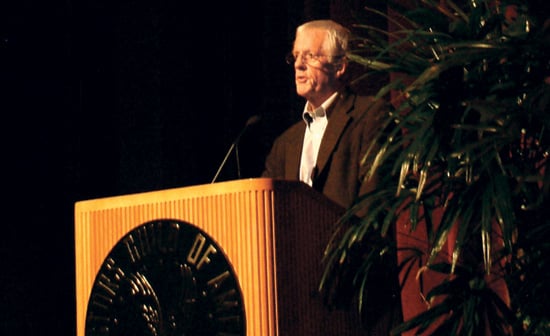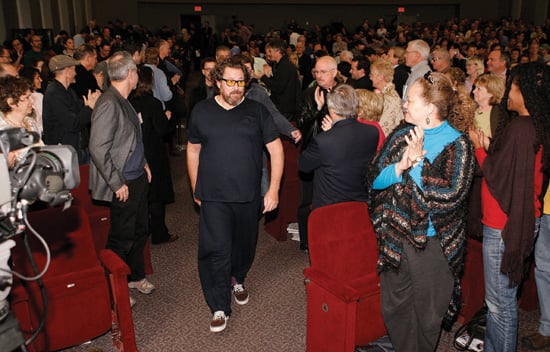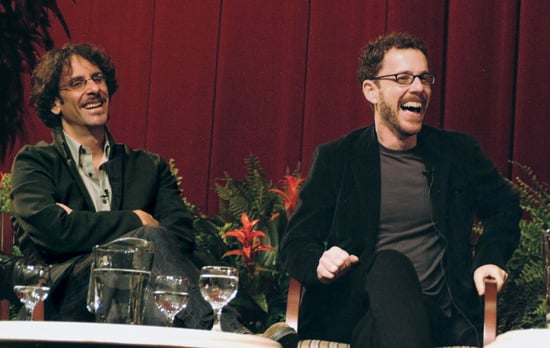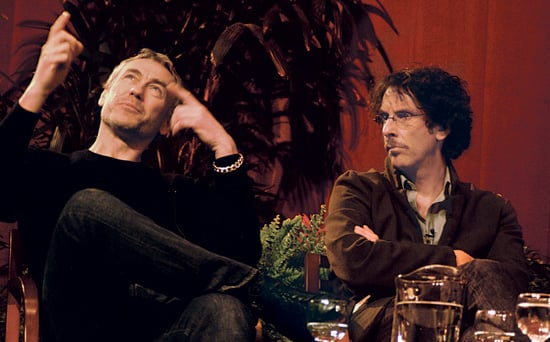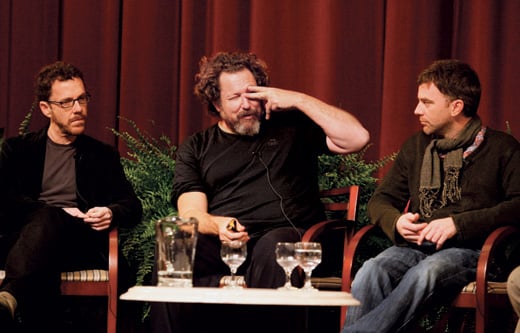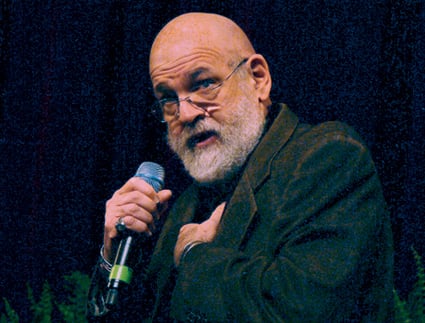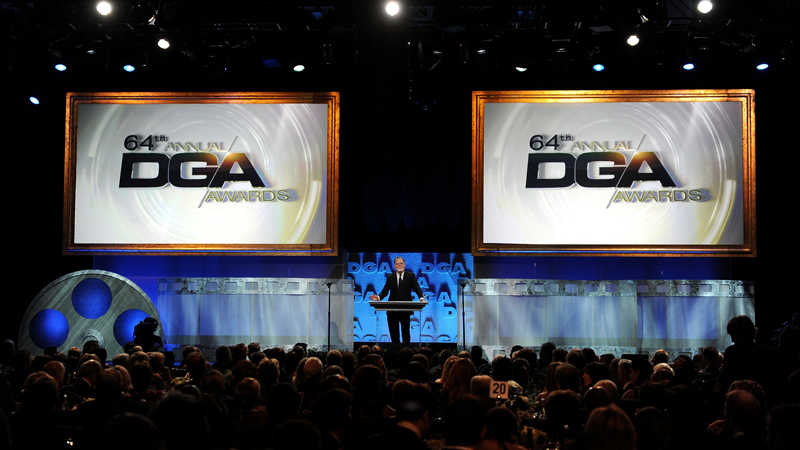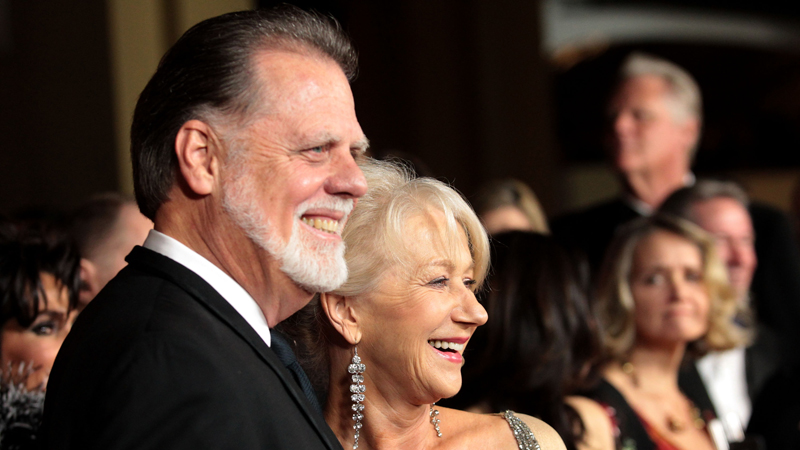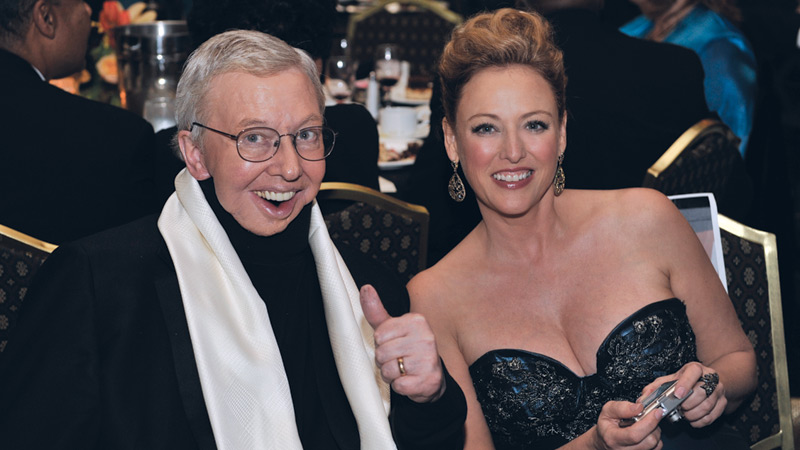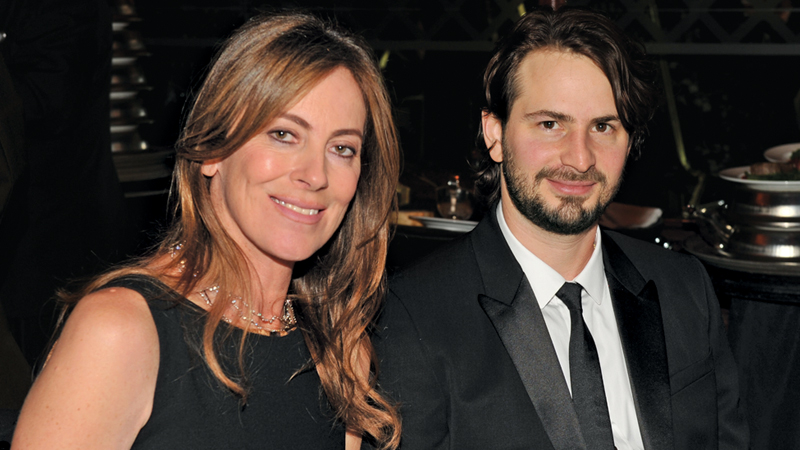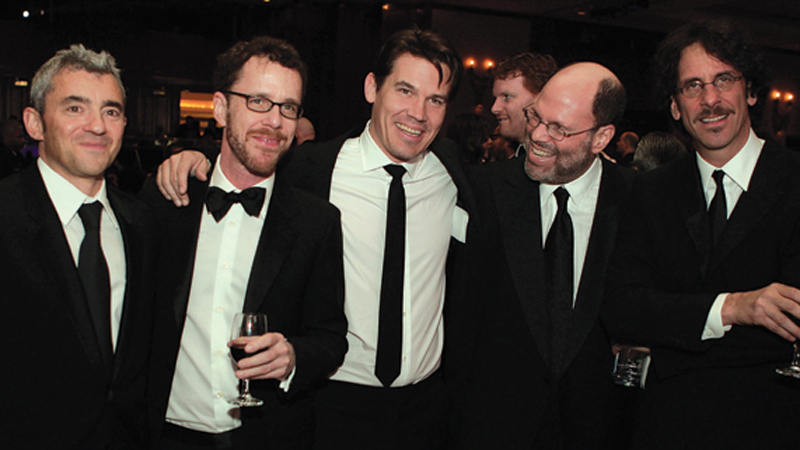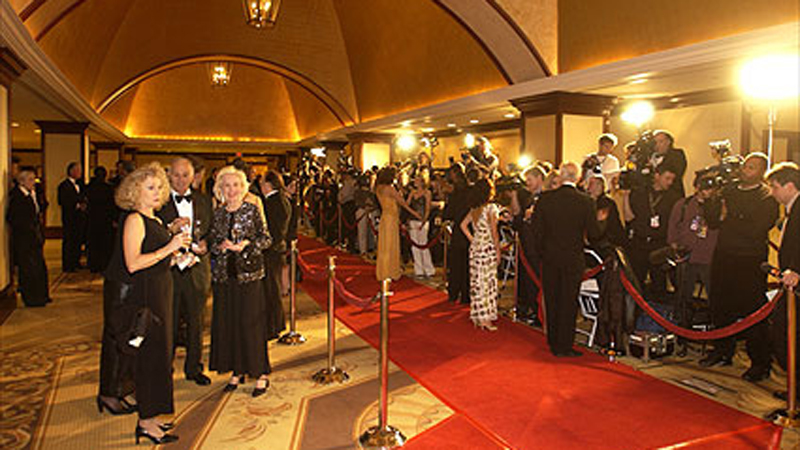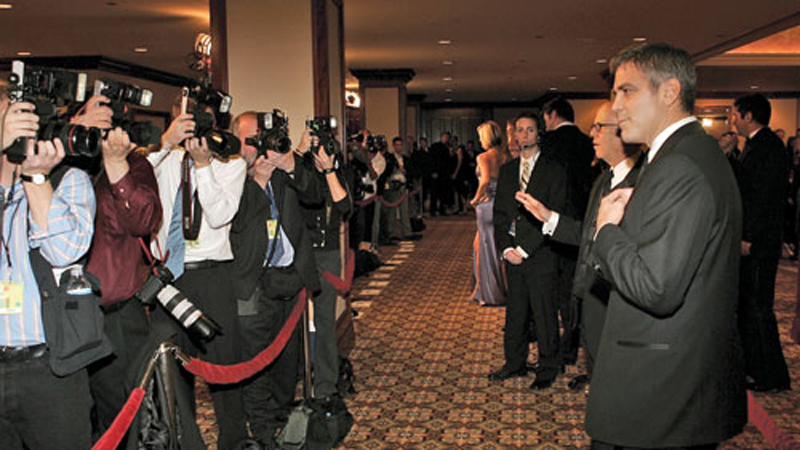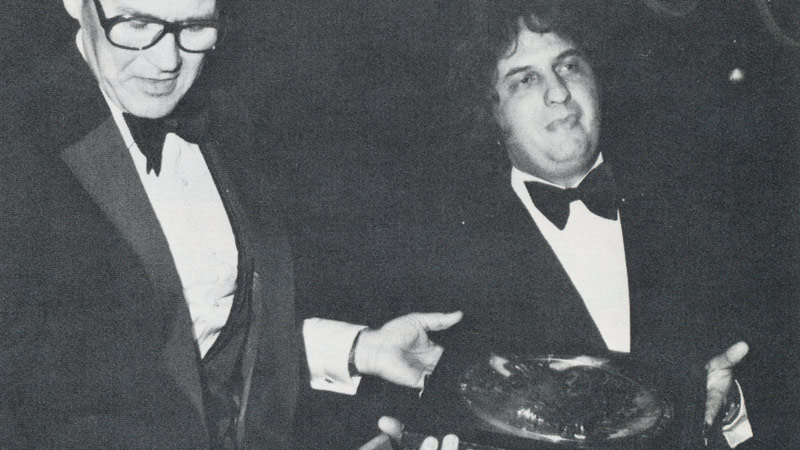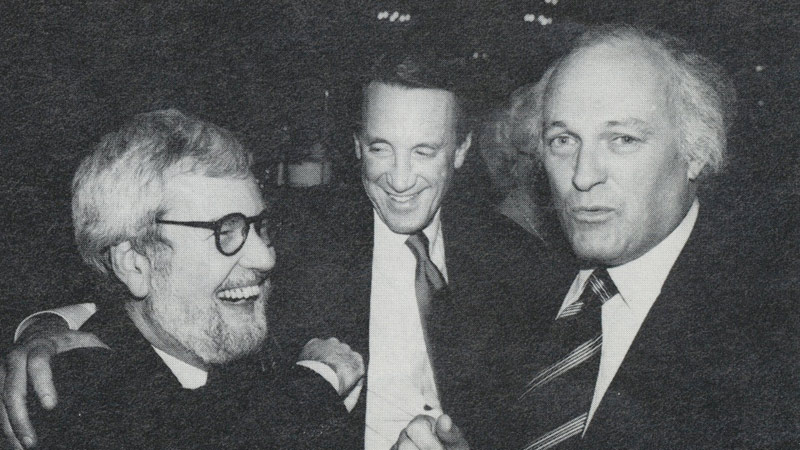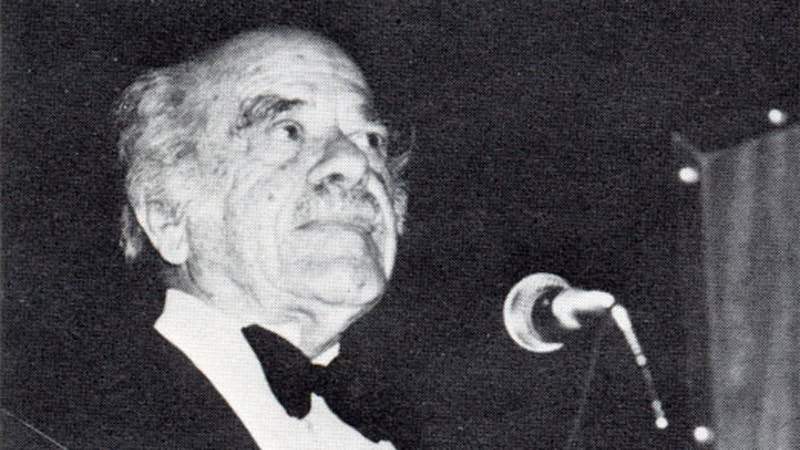The DGA held its seventeenth annual “Meet the Nominees: Feature Film” symposium on Saturday morning, January 26, 2008. Directors Paul Thomas Anderson (There Will Be Blood), Joel and Ethan Coen (No Country for Old Men), Tony Gilroy (Michael Clayton) and Julian Schnabel (The Diving Bell and the Butterfly) joined moderator/DGA Board Member Jeremy Kagan onstage before a standing room only crown in the Guild’s Los Angeles Theatre. The fifth nominee, director Sean Penn (Into the Wild) was unable to attend.
DGA President Michael Apted, welcomed members and their guests to one of the most prestigious events of the year. “This, as you can see, is a very popular event as it’s a rare opportunity to see interplay between very successful directors and hear them compare and contrast their process in bringing a film to life,” said Apted. “All have created brilliant work with limited budgets that shows the excellence and diversity of filmmaking today.”
In a matter of hours, two of these directors would win the Outstanding Directorial Achievement in Feature Film Award, but the morning was one of camaraderie, friendly competition, and exploration into the elements involved in creating a film worthy of one of the Guild’s highest honors. After a screening of clips from each film, the directors joined Kagan onstage, where he proceeded to lead them and the audience on an expedition of discovery.
Kagan prefaced the morning’s discussion with a quote from the legendary director Federico Fellini, “If you’ve got a good opening and a good ending, then you’ve got a good film.” Utilizing that theme as a starting point, Kagan proceeded to ask the directors about what went into their decision making process in making these crucial scenes.
Paul Thomas Anderson started off with a story about the startling scene in the opening sequences of his epic tale There Will Be Blood where his lead, a wildcat oilman, played by actor Daniel Day -Lewis, takes a huge fall. “He was on a harness so that he could fall, and we did a few takes. Then I said something that you should probably never say to Daniel Day-Lewis — that it looked fake. So he fell down a fifty foot mine shaft, hit his back and broke some few ribs. But it looked pretty good.”
In The Diving Bell and the Butterfly, Julian Schnabel wanted his opening to show only what his main character, Jean-Dominique Bauby, was able to see after having suffered a stroke that paralyzed his entire body, except his left eye. Schnabel revealed that instead of using the camera’s shutter to emulate the blinking of the eye, he used his fingers to create the effect. “The shutter looks very mechanical. I figured out all these different ways to use my fingers to make the blink. If you shoot more light on it you’ll see the red the way you’ll see red on the bottom of your eyelid. I even had a nose that I put on the side of the camera, and then a whole face. The idea was that he would be very close to the people who were talking to him.
Joel and Ethan Coen accidentally answered a major question about the process of having two directors on the set when both blurted out the same answer to Kagan’s question about using the stark Texas landscape to set the tone of their enigmatic thriller, No Country for Old Men.
“The sense of place was so fundamental to this story, that is was logical to establish that in a simple way in the beginning of the story. The other part of it was the idea that the character that Javier plays is a little like the man who fell to earth. He comes out of the landscape. We don’t know where he comes from or what he’s doing out there on the highway being arrested,” said Joel Coen.
Ethan Coen spoke about the stark ending of the film where their assassin played by Javier Bardem walks off after being injured in a car accident, and the sheriff played by Tommy Lee Jones is summing his life up in the kitchen with his wife. “There is intervening stuff in the book after Javier’s last scene and the sheriff’s ending monologue. But in the course of adapting this book, as in any adaptation, you have to dump seventy percent of what’s in the novel because you’re making a feature length movie. I don’t know, it just felt right somehow to have the transition from Javier walking off to wherever he’s going, to Tommy’s reaction to all of the foregoing.”
Tony Gilroy spoke of the difficulty of finding the ending shot for his legal drama Michael Clayton. “I couldn’t find anything that was working. We shot a couple things, like a shot of him on Sixth Avenue, walking away into the crowd, and it was all tedious and nothing was really working. Everybody was looking at me for about a week saying, ‘we’re coming to the end, you’ve had everything else, what are you going to do now?” So I thought, ‘let’s put the camera on George [Clooney] in the back of a cab and see what happens.’ So we did it once and it was one of those things where you do it and it almost works so you say, we’ve got to go back and get this. So we did about six or seven of them, and he was killing every one of them, he was fantastic. I looked at it and said, ‘this is great. What are you doing?’ and he said, ‘Replaying the movie in my head.’”
With that wonderful start, the panel was off and running through a morning of questions and answers that offered both a deeper insight into each of these motion pictures as individual works of art, and a behind-the-scenes view of directors at the height of their craft.

